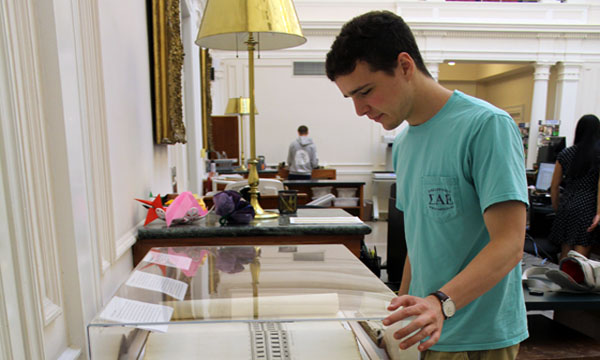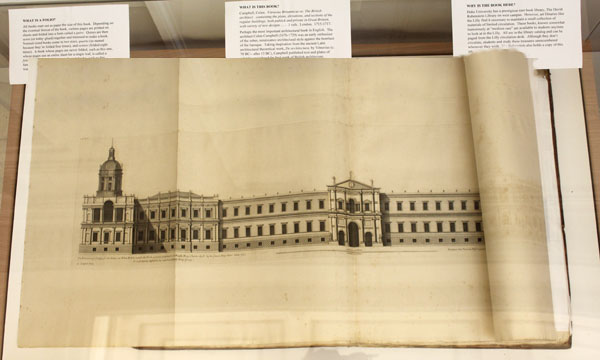Post contributed by Lee Sorensen, Librarian for Visual Studies and Dance
The Art & Architecture ePortal (A&AePortal) is an aggregate of full-text books on art, architecture and cultural studies by the presses of major academic publishers.
Why Should You Use This?
Use this database tool to search the cultural aspect of many topics. What were the styles of dress in 19th-cenury Paris? What were the contributions of women to abstract art. What African peoples produced masks and in what quantities? All from hundreds of peer-reviewed sources.
Cool Features
Best of all, you can search images or text or both to create metadata about your image or links. Create slideshows, presentations and papers. Save your search results in a folder in the database so that you never have to repeat a search.
Recent titles include:

Database Tips
Search the A&AePortal for books from Harvard, Yale, Chicago and museums such as Philadelphia, Boston and Chicago–many available full-text exclusively on the A&AePortal. Finding scholarly sources for even short bits of information has never been easier!
Similar Resources
Find more image-related tools on the Art & Art History research guide.
Questions?
Contact Lee Sorensen, Librarian for Visual Studies and Dance.












